Old Father Time has run Pádraig Harrington’s clock into a 50th year but is the man who shattered Irish golf’s Major championship hoodoo finished? Not a chance.
When the Ryder Cup captaincy finished, a new phase in an illustrious career beckoned as a member of the PGA Tour Champions and European Legends Tour.
For half his time on this earth, Harrington has fascinated, at times frustrated, and charmed legions of followers when revealing the inner workings of his mind in relation to golf and his approach to the professional game.
His magnificent obsession with the mechanics of the golf swing and pursuit of perfection on the practice ground undoubtedly cost him tournaments, and that’s by his own admission.
Thousands and thousands of hours hitting balls, multi-thousands of them. Last man on the practice ground at tournament after tournament. Compelled by an inner drive to find ways to improve not only his swing, but to hone his mind and emotional responses via sports psychology for the nerve-shredding moments that make or break a tournament result.
Seemingly a mass of contradictions, such as, for example, the times he would tell the media and the public how well he was hitting the ball, and how well he was playing, but missing too many cuts too often.
And yet, take that whole package away from Pádraig, or even part of it, and where would he be now?
Suppose he had been content just to have gained his Tour card, as he did via European Tour Q-School in 1995, and coasted thereafter with the same swing he brought to his rookie year of 1996? After all, it was good enough, and he was good enough, to claim a victory in just his 10th event as a Tour pro, capturing the Spanish Open title in March ’96.
What if that achievement was such an ego boost that he would go around “smelling himself” as we say in Ireland, and become a minor celebrity on the golf circuit, particularly in this country, letting people clap his back and tell him what a great golfer he was?
Thankfully, none of that happened, as is evident in his three Majors and 26 other tournament victories worldwide.
Earlier this year, as he faced into captaincy of the delayed 2020 Ryder Cup and a looming 50th birthday, Harrington put the essence of his hugely successful career into perspective.
Speaking with former Tour player Colt Knox and co-host Drew Stoltz on the “Golf’s Subpar” podcast, he was asked about his legendary obsession with practice and the pursuit of perfection over the last 25 years.
“Do I have regrets about it? No, because that’s who I am,” said Pádraig. “All the stuff I’ve done over the years, good and bad, made me who I am.
“Have I lost tournaments because of it? Yes. I think I’ve had 30 runners-up or something, and there was a period when there was a lot of them at a time.
“Some of them were good runners-up where I played well, but I know I closed too many ranges on a Saturday evening when I was leading a tournament and that’s silly because obviously I was leading a tournament. I was playing good enough.
“Often on a Saturday I’d find something that would spark me off. I was hitting the ball great and would go out and hit the ball better on Sunday, but wouldn’t make good decisions.
“That’s who I was. That’s my experience. Unfortunately when you gain experience it’s no bloody use to you. It’s too late.”
Now, in saying that, the Ryder Cup captain also revealed in the podcast that while he has honed down his pre-tournament preparations, there’s plenty of the ironman left in him.
The week before speaking to them, Harrington had gone out for what he called “a light session on the range.”
Typically immersed in his happy place, by the time he took a break and checked his Trackman monitor the stats revealed Pádraig had just hit his driver 190 times, all of them “flat out” as he said.
That, of course, is how you become a champion golfer, how you maximise your God-given talent, and how you become a pathfinder for a series of Irish Major title winners.
It had to start somewhere and chapter one of Pádraig’s story began on August 31, 1971 .
That was the day the youngest of five boys was born to former Cork footballer Paddy Harrington and his wife Breda who lived in Rathfarnham, Dublin.
Pádraig must have earned plenty of karma credits in past lives because this one has been remarkable. Was it nature or nurture that set him apart from brothers Tadgh, Columb, Fintan and Fergal? In saying that, I mean absolutely no disrespect to Pádraig’s siblings, who made their own success in life and can all play golf to a very good standard.
It’s just that, as was the case with Kevin Moran of Dublin Gaelic Football and Manchester United fame, the youngest brother came with innate attributes that were to set him apart from all his peers and make him an international star of his chosen sport.
From his dad, Pádraig inherited physical strength, a sportsman’s dedication to improvement and a love of golf honed, almost as soon as he could walk, by Paddy’s role in helping to develop Stackstown golf club, set in the lower reaches of the Dublin mountains on the Southside of the city.
A member of An Garda Síochána, the Irish police force, Paddy had played for Cork in two All-Ireland finals, the 1956 defeat to Galway and the 1957 loss to Louth.
By the time his youngest boy was four, Paddy was immersed in the establishment of Stackstown, a labour of love that involved much earth moving and creating fairways and greens complexes by the members. It was a case of all hands on deck to create a golf course which boasts spectacular views of Dublin and the surrounding areas.
Young Pádraig effectively grew up on that course which opened in 1976 and which, for many years, had an exclusively Garda membership. Stackstown’s hilly, sloping track was the course on which he first hit golf shots and where the seeds of his fascination with shot making and intense practice regimes were sown.
Football, both gaelic and soccer, and to a lesser extent, hurling, occupied much of his young years but in his early teens, golf took priority. He duly came to the notice of the GUI selectors and made his debut for the Irish Boys team in 1987, the first of many appearances for his country.
Harrington won the Leinster Boys title in 1988 and for the next seven years the Stackstown golfer laid the foundations for a monumental career in the game.
However, everything he has achieved comes from deep roots established by his family background.
The support from dad Paddy and mother Breda, the heart and soul of the family who also became an enthusiastic golfer, was ever-present.
There was no rush to turn pro prematurely. A four-year course in Accountancy at Dublin Business School with classes in the evenings, allowed plenty of time for golf.
Caroline, daughter of Stackstown members Dermot and Mary Gregan, caught his eye and eventually romance blossomed. His relationship with Caroline proved another win for Pádraig.
As an amateur did he win enough? Not by Pádraig’s standards. Too many near-misses in the GUI ‘majors’ galled him. By pretty much anyone else’s criteria, his performance in the non-paid ranks marked him out as something special. His handicap came down from nineteen at age 13 to scratch by 17.
Between 1987 and 1995 inclusive, Harrington played 103 matches for Ireland across Boys, Youths and Senior international teams, and his record includes 53 wins for the senior team.
The individual amateur highlights were a Sherry Cup victory in 1991, a West of Ireland title in 1994, and the double of Irish Amateur Open and Irish Close title in 1995.
Harrington’s quality was recognised at the highest amateur representative level, the Walker Cup in which he played three times – 1991 at Portmarnock, 1993 at Interlachen Country Club, and the GB & Ireland triumph in 1995 at Royal Porthcawl.
That event in Wales was the first time the Dubliner crossed swords with Tiger Woods, and very successfully too as he and playing partner Jody Fanagan of Milltown GC beat Woods and US playing partner John Harris 2&1 in the Sunday morning foursomes.
Time to turn pro and in November 1995, at the ripe old age of 24, Harrington gained his European Tour playing rights via the Q-School route. Within ten weeks Harrington surpassed even his own expectations with a maiden Tour victory in the Spanish Open.
“What I did with that was I didn’t question it. It was like I had the blinkers on. I just ran with the ball. Just never looked around and just kept playing. I finished 11th in the Order of Merit the first year,” he said.
“Second year, I finished eighth to prove that the first year wasn’t a fluke. That was my sole goal the second year.”
The 1997 campaign ended in glory for Ireland as Harrington and Paul McGinley teamed up to win the World Cup at Kiawah Island.
It was some story – two lads from Rathfarnham, who had gone to the same secondary school, Coláiste Eanna, albeit that McGinley was five years older, and now were world beaters. The last Irishmen to win the World Cup were Christy O’Connor Senior and Harry Bradshaw in Mexico in 1958.
Having proved himself a genuine Tour contender, broader horizons beckoned for Harrington and the 1998 US Open at the Olympic Club opened his eyes to a bigger reality.
“I got a bit of a shock at Olympic. I chipped and putted as well as I could and I finished 27th and played well but I walked away from that and thought ‘as good as I’m doing, I’m not really good enough to compete at the highest level here’.
“And that’s when I made the decision to go to Bob Torrance. Every player he had was a good ball striker, and that’s what I lacked.”
Taking on Torrance as a coach meant a farewell to the relationship Harrington had enjoyed for a decade with GUI National Coach Howard Bennett. There was still mutual respect and no hard feelings on the part of Bennett, but it was the first indication of the hard-nosed attitude the Dubliner was taking to making himself a world class golfer.
Similarly, his first caddie for the opening years of his pro career was the veteran Johnny O’Reilly, but in 1999, Harrington switched to Dave McNeilly, an experienced bagman with a renowned work ethic.
Again, Harrington knew what he wanted and within a year had added the Brazil Sao Paulo 500 Years Open and the Turespana Masters to his golfing CV.
Between 2001 and 2005 Harrington won 11 times, including two more Irish PGA Championships to add to his first home title in 1998, but in 2004, he parted company with Dave McNeilly, much to the caddie’s disappointment.
Ronan Flood, a fellow member of Stackstown who was later to marry Pádraig’s sister-in-law Suzie Gregan, took on the bag-carrying duties, at first temporarily and later on a full-time basis.
On paper, Harrington’s career is all success. Nothing could be further from the truth. Every step he took was laced with disappointment, struggle, learning, then figuring out what was needed to move to the next level.
Winning is everything in pro sport and in Pádraig’s case, those golden moments arrived just when they were most needed.
“I tend to win when I need to win,” was his assessment. “I won in ‘96 when I needed to win. Then I started working on stuff. I won again in 2000 to get into the Masters.
“Then I had another bit of a lull. I had a lot of second places. I had just enough wins to keep me going. They came just at the right time to keep things going along nicely.
“After 2004 I’ve had these second places, I’ve had a few wins, and I’ve now made it my goal to win a Major. How am I going to win a Major?
“Every time I went to the US, I was being slightly thrown out of my comfort zone, and this is the problem when you’re not a member of the Tour. 2005 was when I took my card in the US.
“That period is me very much learning how to contend, and all those wins were big for me.
“The goal when I went to the US was ‘I’ve got to win an event’. Then once I’ve won an event, I’ve got to win a Major.”
Learning how to cope with the world’s best in the four Major championships took time, but after the 2006 US Open, Harrington’s ambition was bolstered by genuine proof to himself that he had what was needed to reach the highest level of golf.
“The biggest thing for me winning the Majors was the US Open at Winged Foot in 2006.
“I had three pars to win there and never played golf like it.
“I’d missed every putt in the last round and still had three pars to win, but when I walked off the golf course, it was the first time I played a Major where I thought ‘I could have won that, totally within myself and not relying on outside agencies or getting lucky’.
The 2006 campaign ended with Harrington being presented with the Harry Vardon Trophy as Europe’s Order of Merit leader.
And then came 2007. In May that year, Pádraig became the first home Irish Open champion since John O’Leary in 1982, with his famous victory at Adare Manor Golf Resort. Less than two months later, Harrington’s career hinged on the most important 150 yards he would ever walk in his life.
One hole to play. The 18th at Carnoustie – acknowledged as pretty much the toughest finishing hole on The Open rota.
Harrington had begun the day six shots off the overnight lead held by Sergio Garcia. By the time he reached the 18th tee, the Irishman had a one-shot advantage.
In the dreaded phrase so familiar to amateur and professional alike :“All he had to do was”…How often has that phrase preceded a tale of woe?
In Harrington’s situation, all he had to do was hit driver into fairway. Good plan, poor execution. Splash. Into the Barry Burn.
Next shot, recovery? No, splash again into the water. Now the head was going, going…but not quite gone, because caddie Ronan Flood wouldn’t let it happen.
As Pádraig has said so often since that crucial moment, his mind was churning with all sorts of thoughts, embarrassment prime among them. But Flood kept talking and talking, reminding his player to focus, that it was not over, play the next shot and think of nothing else.
“He came out with all the clichés, all the one-liners, he kept going at it.
“I think he took the 4-iron off me because I would have hit him with it. He was resilient, though. Other caddies might have moped and shown their devastation. He must have felt terrible as well, but he didn’t let on.
“After 150 yards I was starting to believe him. By the time I got to the ball, I believed him. And by the time I hit the shot I was more in the zone than I’ve ever been.”
The rest is history. The pitch from just under 50 yards, the five foot putt he holed for a six, and Garcia’s missed putt that took the two European Ryder Cup golfers into a playoff which Harrington won.
Just over a year later the man from Stackstown reached his peak by annexing the 2008 Open and US PGA Championship titles.
What a journey, and there was more to come, although as always, nothing came easy for Harrington.
Another tough decision, probably the hardest one of all, was to split with Bob Torrance in 2011. The relationship between father-figure Bob and Pádraig, all the more intense after the death of Paddy Harrington in 2005, had gradually eroded.
“At the end of 2011 I decided to change coach to Pete Cowen in the middle of the year, at the PGA.
“What happened was that in the Irish Open in Killarney, I finished second.
“What was killing me was I’d go to the range with Bob, and I’d stand there and I’d hit the ball phenomenal. And then I’d go on the golf course and I’d hit big wides with my driver
“I wanted to know what was physically breaking down and Bob couldn’t give me the answer because he wasn’t on the golf course. So I went to Pete Cowen,” said Harrington.
The three-time Major champion was 40 in 2011, so that was a big call at that stage of his career.
By then he had played in the Ryder Cup six times, having made his debut in 1999 at Brookline, and been part of a winning European team four times, including at The K Club in 2006.
In many ways he had already done it all, and yet, the famed Harrington immersion in golf and his quest to unlock the mysteries of the swing had not diminished.
He was to win four more times, the last one – to date – at the Portugal Masters in 2016, the year he also became an Olympian, representing Ireland in Brazil with Seamus Power.
Had Covid-19 not emerged to throw the world into chaos last year, Harrington’s Ryder Cup captaincy would have been completed in 2020, leaving him 2021 to fully focus on a run at claiming another Tour title, perhaps even one more Major.
That said, Pádraig hasn’t done too badly so far, despite all the restrictions due to Covid. A tied-fourth place finish in the US PGA Championship at Kiawah Island showed how much he relishes the toughest challenges, and he was just four shots adrift of winner Phil Mickelson, who is a year older than the Dubliner.
If Mickelson can win a Major, as he did last May shortly before his 51st birthday, why not Pádraig Harrington? He is certainly not ready to throw in the towel.
“You need that excitement and pressure and enthusiasm, and Majors kind of still do that for me. I dream about it, whether it’s a reality or not, who cares? It’s what I focus on and that’s all that I need for my motivation,” he said.

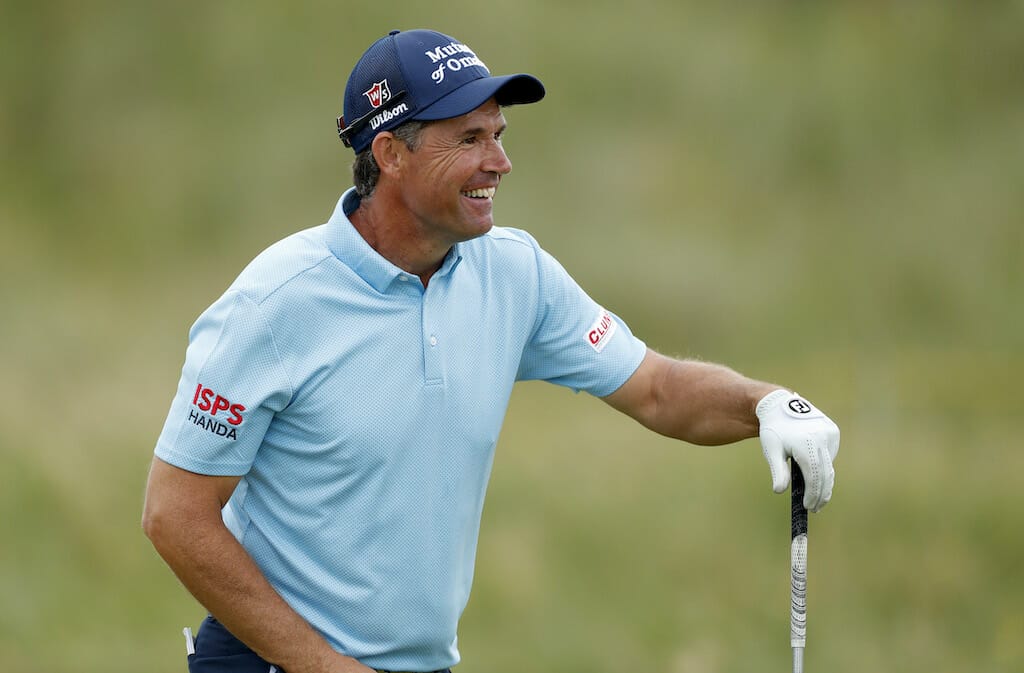





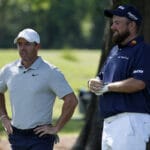

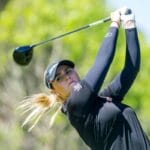
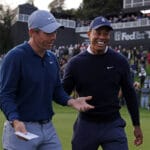
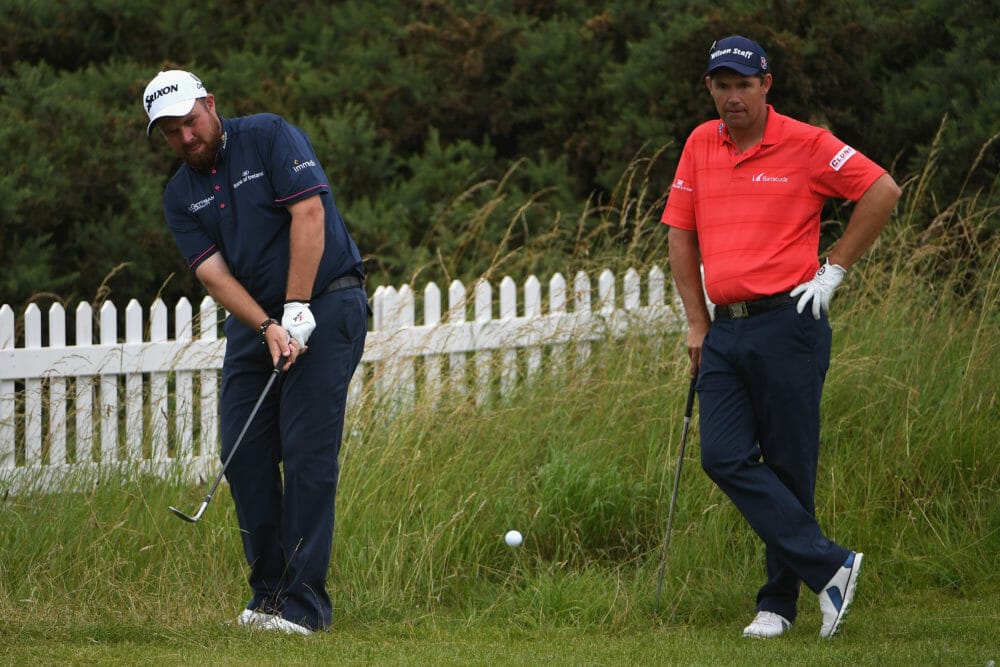
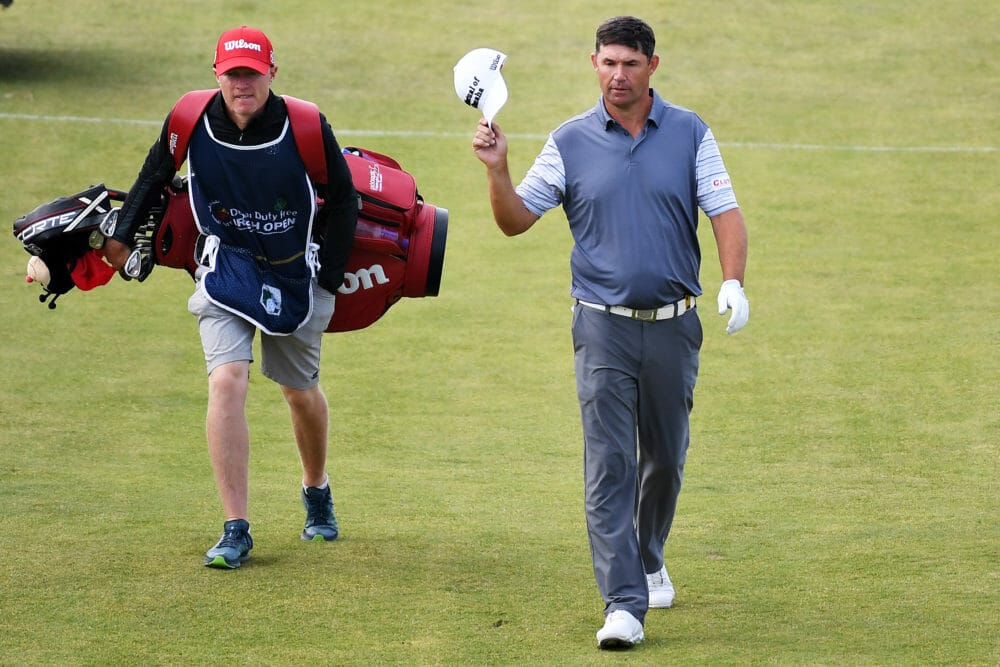
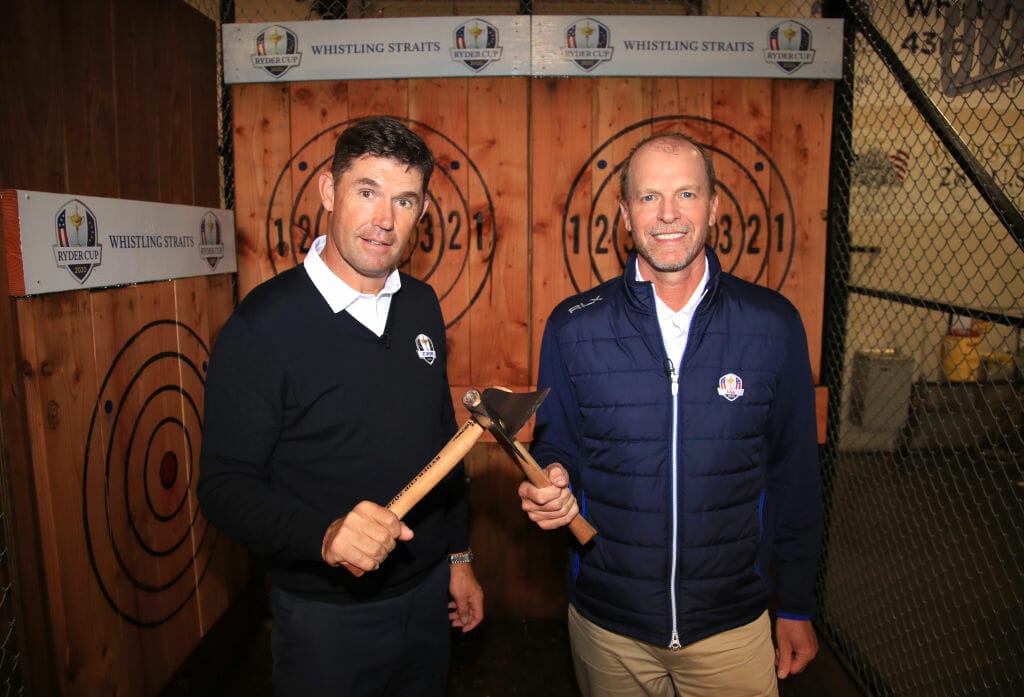
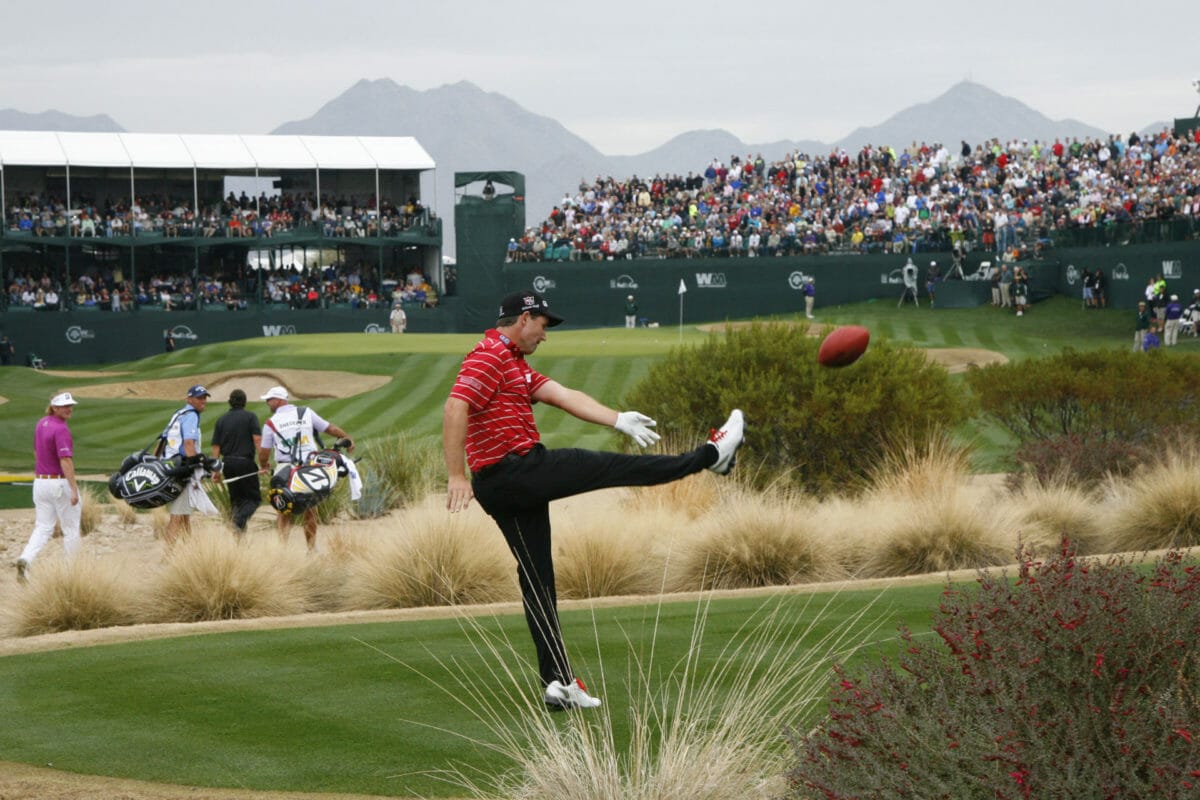
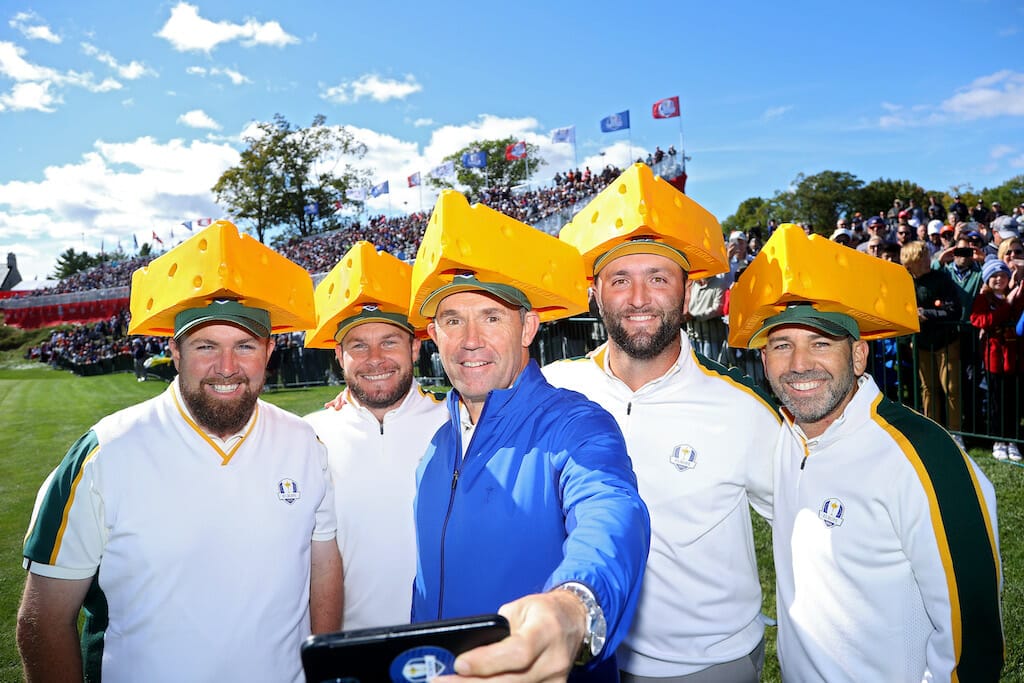

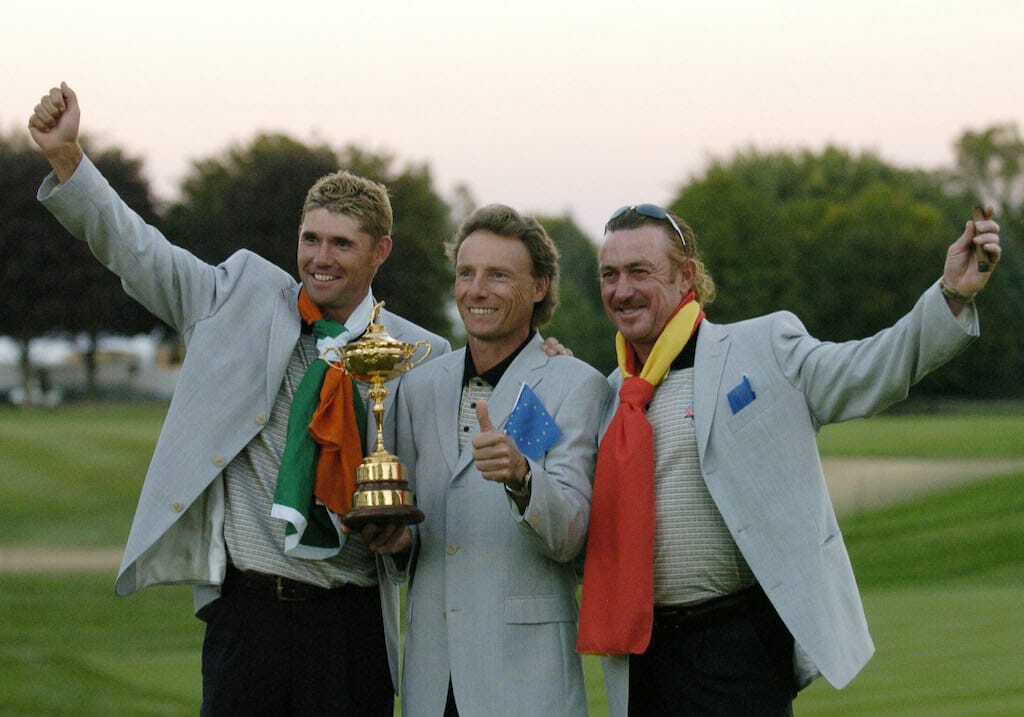
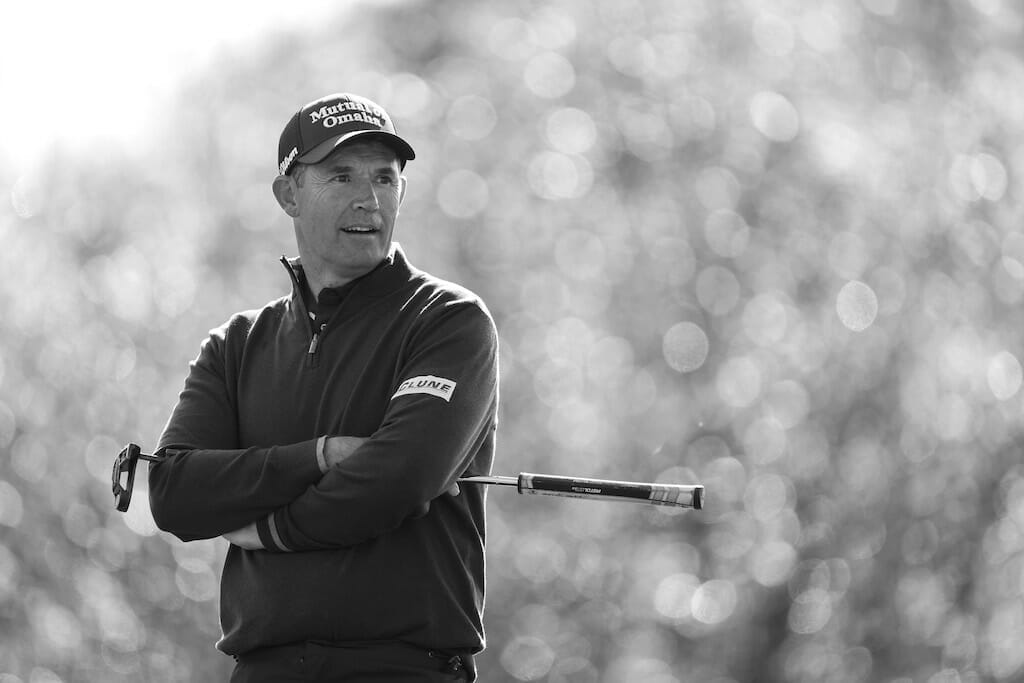

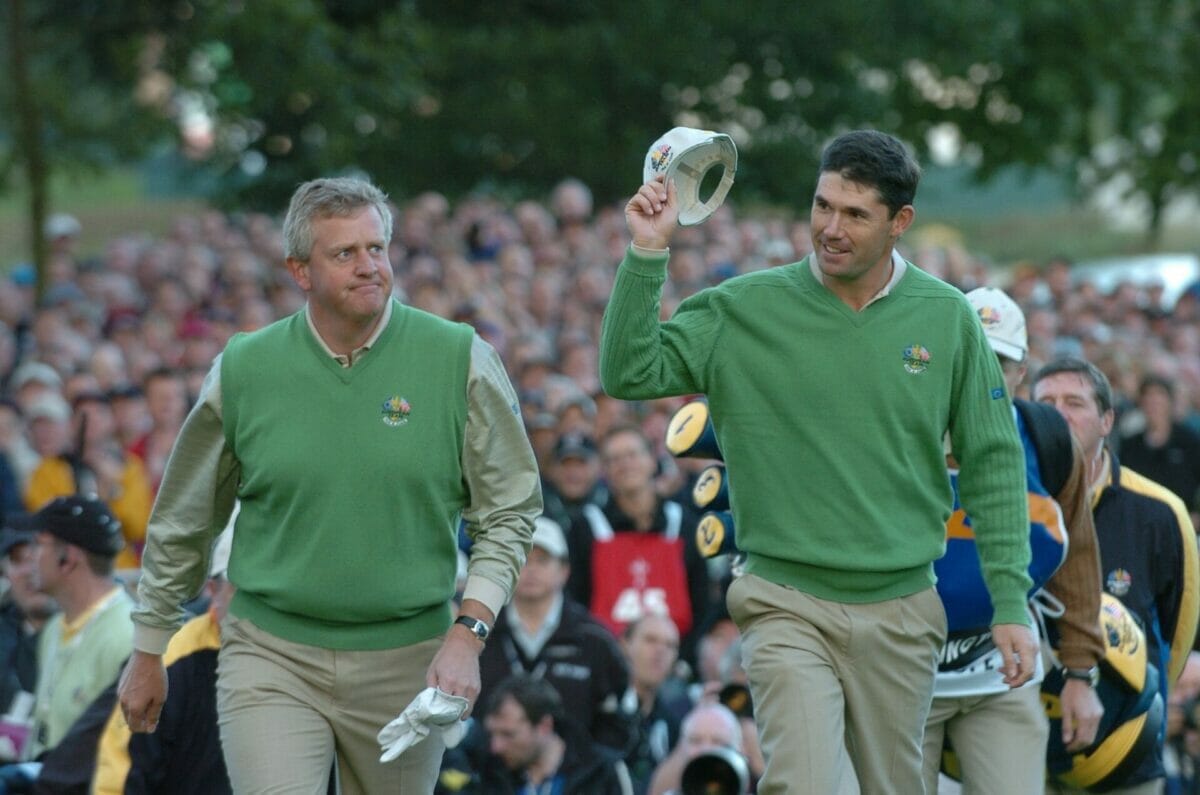
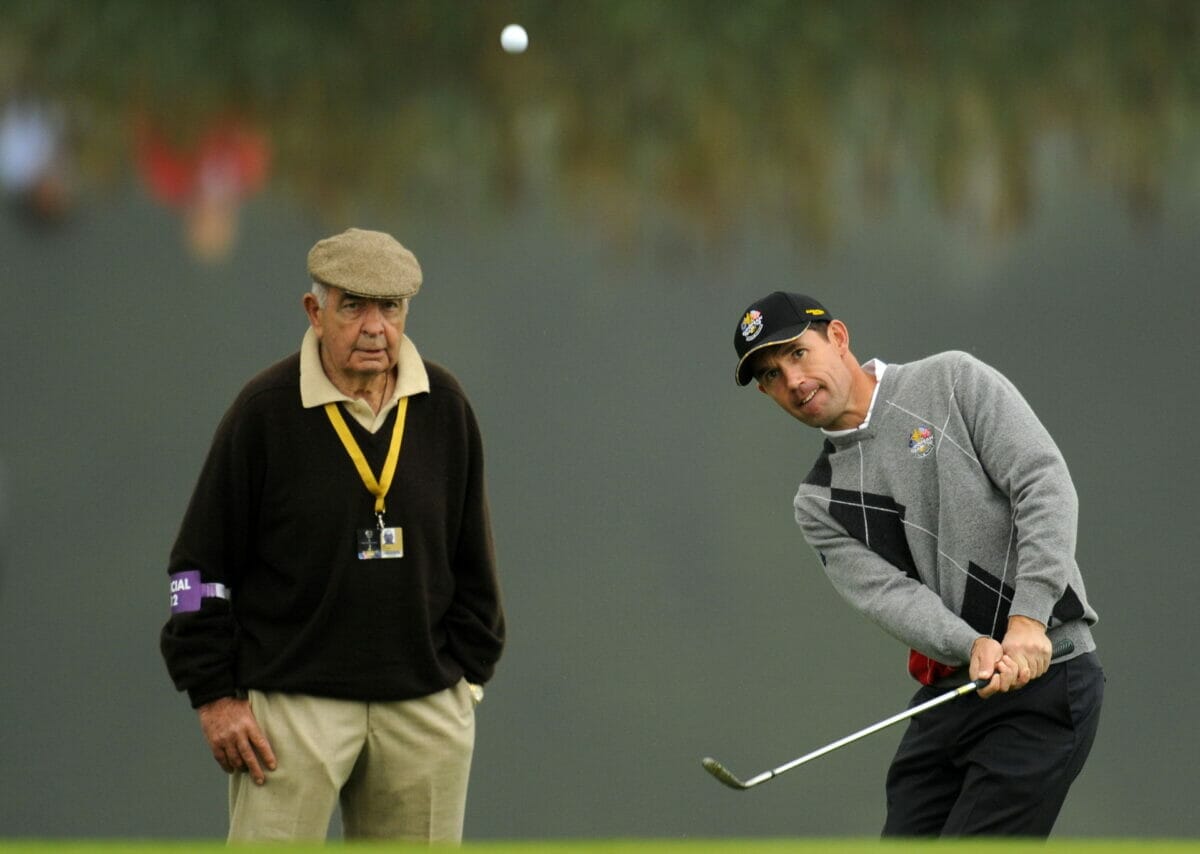

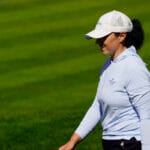
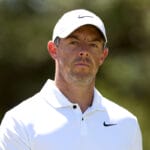










Leave a comment